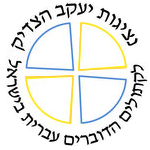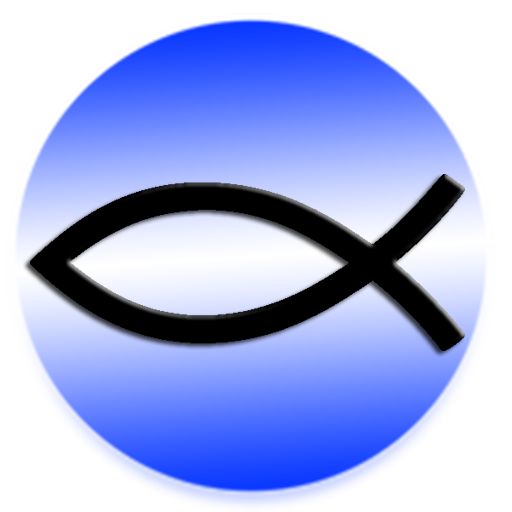Ziv Parashat Bereshit
Each week, Gad Barnea or Sister Agnès de la Croix (from the Community of the Beatitudes) proposes a reflection on the portion of the Pentateuch that is read in the synagogue (parashat hashavua). This week the portion is from Genesis 1:1 - 6:8 with the haftarah (additional reading) from Isaiah 42:5 - 43:10. They call their reflection “ziv” – a ray of light.
![]()
Your law is my delight
This week we begin the reading cycle which was finished on the day of the feast of Simhat Torah last week. The Midrash shows just how foundational this text of beginnings is - not only for the book of Genesis, but also for the entire Torah. Indeed, it teaches us that the world was created after the Torah, or rather, following the Torah. It is in this sense that a verse of the book of Proverbs, one of the last writings of the Hebrew Bible, is read: “I was beside him, like a master workman, and I was daily his delight” (Proverbs 8:30), a verse which is cited at the very beginning of the collection of Midrashim (sermons) on Genesis (Genesis Rabbah 1). For the Jewish tradition, wisdom, who speaks in this text is clearly the Torah which has therefore served as a model for creation. The Midrash explains that the term translated in English as “master workman” can be translated in various ways. Following the classic procedure of the Midrash, each translation suggested is supported by a verse from Scripture where the root of this word appears with a certain signification. The Hebrew “amon” can be translated as “Ouman” (artisan), which justifies the English translation. But one can also translate it as “nurse”, “pedagogue”, “faith” (as in “amen”), “covered”, or “hidden”.
Each one of these terms gives us a way of understanding the text of Genesis: before the creation of the world, the Torah was covered and hidden. The world, created by this divine Word, is also the sanctuary of this Word, the place where it is revealed. The Word gives it an “instruction manual”, a direction and a signification. These are the divine commandments by which Israel sanctifies the times and the daily life.
Faith is the acceptance of commandments and putting them into practice. Thus we follow the work of the first day, by finalizing the creation of the world by the observation of the Torah. The Torah is thus called both “nurse” and “pedagogue” (the Midrash uses the Greek term). The two terms go together: the pedagogue helps the child grow by teaching, the child by his comprehension causes the knowledge of the Torah to grow in the world. The Torah is a teaching of life and nourishment. The two terms “hidden” and “covered” are not synonyms: the first indicates a part of mystery of the text which requires careful study and scrutiny to draw out its secrets. The second term evokes a covering by a precious cloth which indicates the value of what is covered.
The commentator Rashi asked himself why the Torah begins with the account of creation and not with Exodus 12, the story of the exodus from Egypt, which contains the first commandment given to Israel. The reason is that the vocation of Israel concerns all nations, because it provides the ultimate meaning of creation. Shabbat Shalom.












 Reflecting on Purim and on Lent
Reflecting on Purim and on Lent Rosh HaShana – the Feast of God the Father
Rosh HaShana – the Feast of God the Father Four Words For the Easter Season
Four Words For the Easter Season Ash Wednesday of T. S. Elliot
Ash Wednesday of T. S. Elliot Holy Wednesday
Holy Wednesday Epiphany – the light will conquer the darkness
Epiphany – the light will conquer the darkness